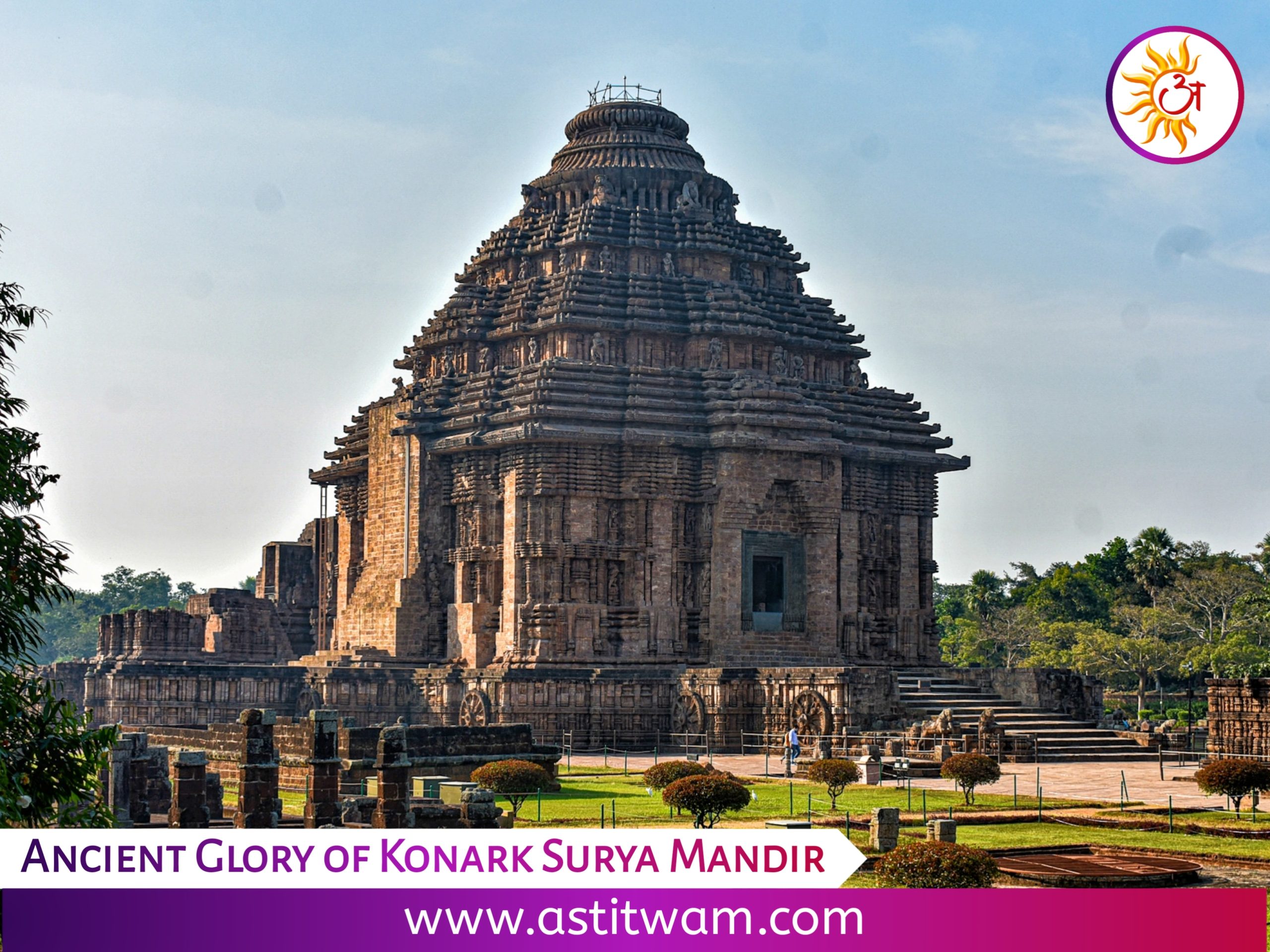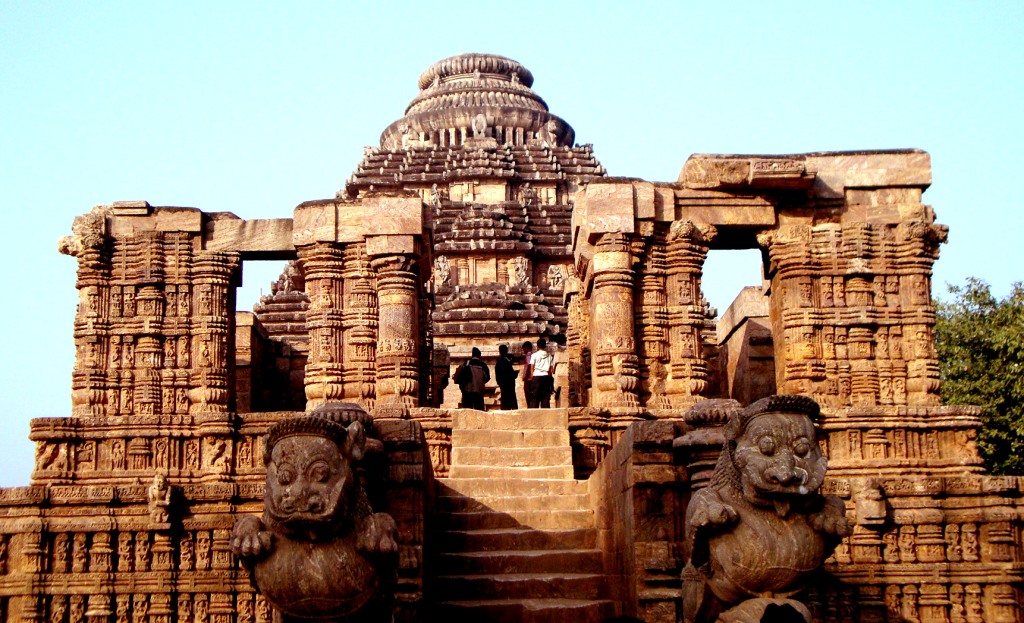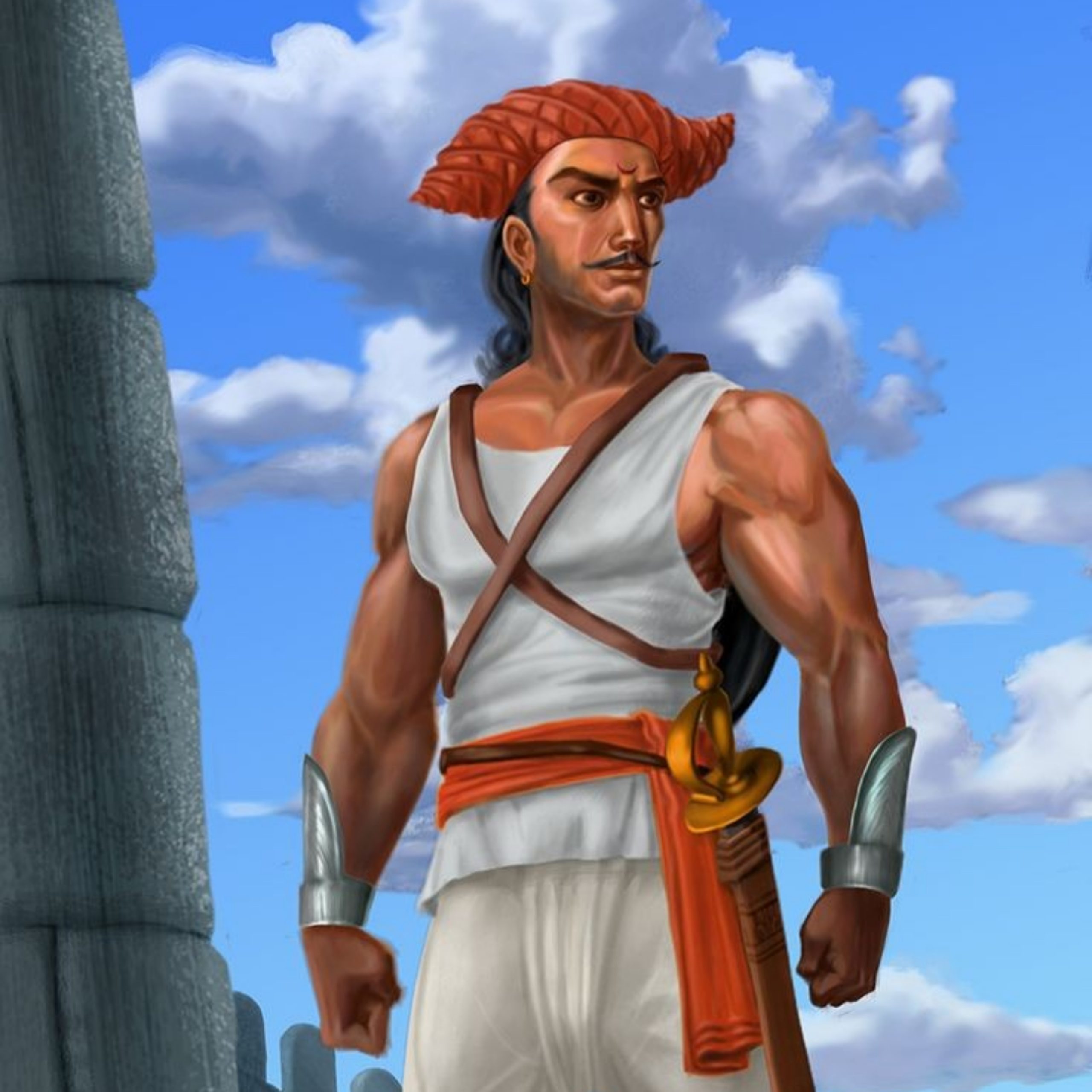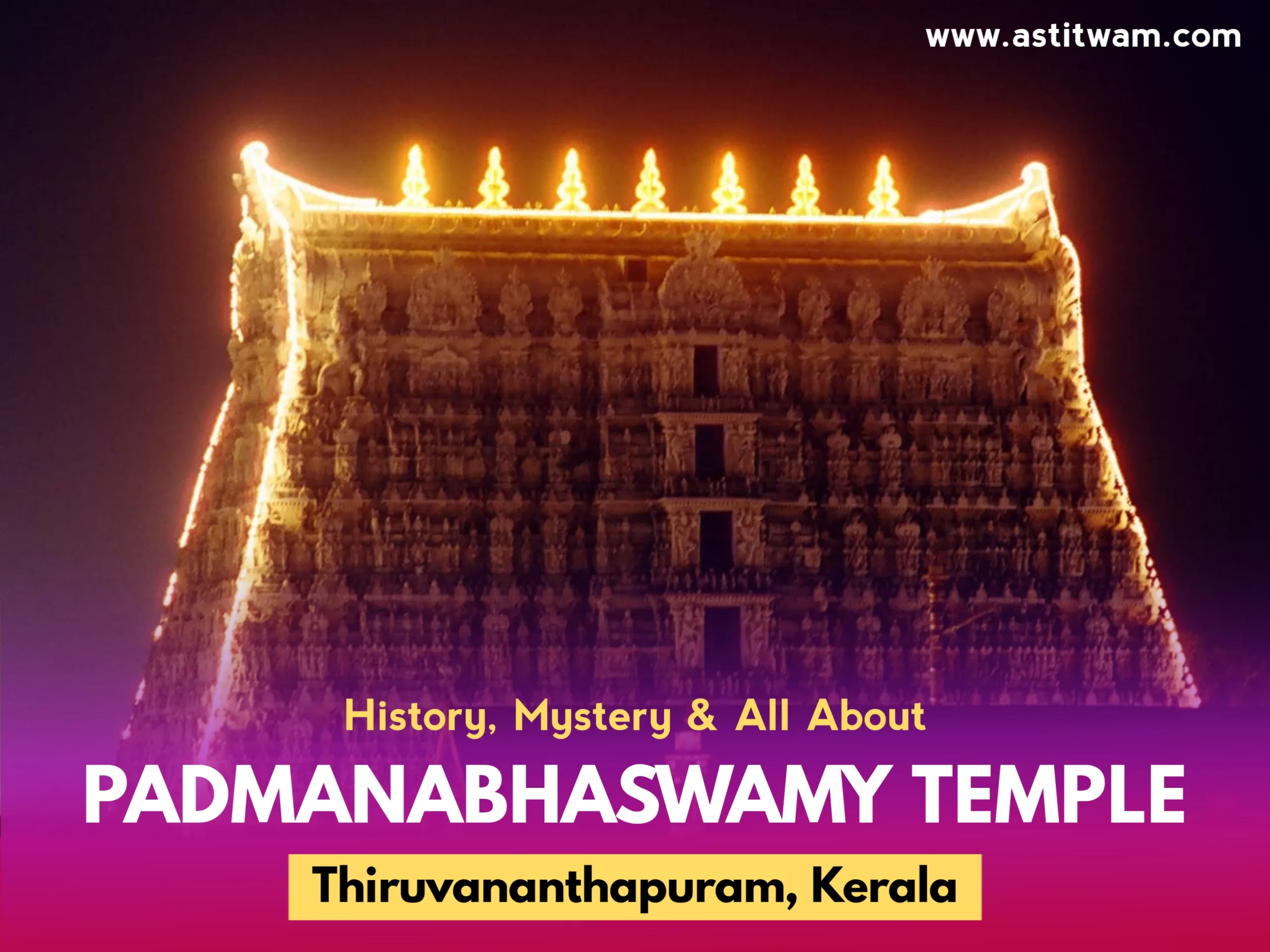Konark Sun Temple: Unveiling the Magnificent Chariot of the Sun God

Introduction
The Konark Sun Temple, also known as Konark Surya Mandir, is an ancient architectural marvel situated in the Indian state of Odisha. This UNESCO World Heritage Site stands as a testament to the remarkable craftsmanship and devotion of the artists and architects of the past. Shaped like a grand chariot with intricate carvings and sculptures, the temple is dedicated to the Sun God, Surya. Let’s explore the history, architecture, significance, and artistic beauty of the Konark Sun Temple.

- Historical Background
The Konark Sun Temple was built during the 13th century by King Narasimhadeva I of the Eastern Ganga dynasty. It was one of the three temples built to honor the Sun God, with the other two being the Sun Temples at Modhera in Gujarat and Martand in Kashmir. The name “Konark” is a combination of two Sanskrit words – ‘Kona’ meaning corner and ‘Arka’ meaning the Sun. Together, it refers to the Sun God’s chariot placed in the northeastern corner of Puri, Odisha.
- Architectural Marvel
2.1. Layout and Design
The Konark Sun Temple follows the Kalinga architectural style, prevalent during the Eastern Ganga period. The temple’s design is in the form of a massive chariot with twelve pairs of elaborately carved wheels, representing the twelve months of the Hindu lunar calendar. The temple is crafted with sandstone and is positioned on an elevated platform, giving it a grand appearance.

2.2. The Main Temple Structure
The main temple structure is called the “Deul,” which houses the sanctum sanctorum that once enshrined the image of the Sun God. Sadly, the original idol is no longer present, and the temple is now open to the sky. The Deul is adorned with exquisite carvings of celestial beings, deities, animals, and intricate floral motifs. The exterior walls are covered with sculptures depicting various aspects of life, mythology, and religious narratives.
2.3. The Natya Mandir and Jagamohan
Apart from the Deul, the temple complex also consists of the Natya Mandir (Dancing Hall) and Jagamohan (Audience Hall). The Natya Mandir once served as a venue for performances and dances, while the Jagamohan was a gathering place for devotees and pilgrims.

- Sculptures and Artwork
The Konark Sun Temple is renowned for its exceptional sculptural artistry, which reflects the cultural and religious aspects of the time. The stone carvings on the temple walls narrate stories from the Puranas, the Ramayana, the Mahabharata, and other Hindu scriptures. The artists skillfully portrayed gods, goddesses, celestial musicians, dancers, animals, and erotic depictions, showcasing a diverse range of emotions and expressions.
- Symbolism and Significance
The entire temple complex is designed with astronomical precision, with its main entrance facing the east to align with the rising sun. This alignment is a symbolic representation of Surya’s chariot moving across the heavens, driven by seven horses representing the days of the week. Additionally, the twelve pairs of wheels symbolize the twelve months of the Hindu calendar, emphasizing the cyclical nature of time.
The temple’s architecture and sculptures also reflect the ancient belief in the interconnection between the macrocosm (the universe) and microcosm (human existence). The temple served as a place of worship, a center of learning, and a hub for cultural activities during its prime.

- Restoration Efforts
Over the centuries, the Konark Sun Temple faced natural calamities, invasions, and decay. During the 19th and 20th centuries, the British undertook restoration efforts to protect and preserve this architectural gem. Today, the Archaeological Survey of India (ASI) continues to undertake conservation and maintenance work to safeguard the temple for future generations.
- Tourism and Cultural Heritage
The Konark Sun Temple attracts visitors from all over the world who come to witness its stunning beauty and learn about the rich cultural history of India. The temple complex is a living museum of Indian art, architecture, and religious beliefs, providing a glimpse into the country’s glorious past.

Conclusion
The Konark Sun Temple stands as a testament to India’s rich cultural heritage and architectural prowess. Its intricate carvings, magnificent design, and astronomical precision continue to awe and inspire visitors. As we marvel at this ancient wonder, we must also recognize the importance of preserving such heritage sites for future generations to cherish and appreciate. The Konark Sun Temple remains not only a symbol of devotion to the Sun God but also a testimony to human creativity and artistic brilliance through the ages.


